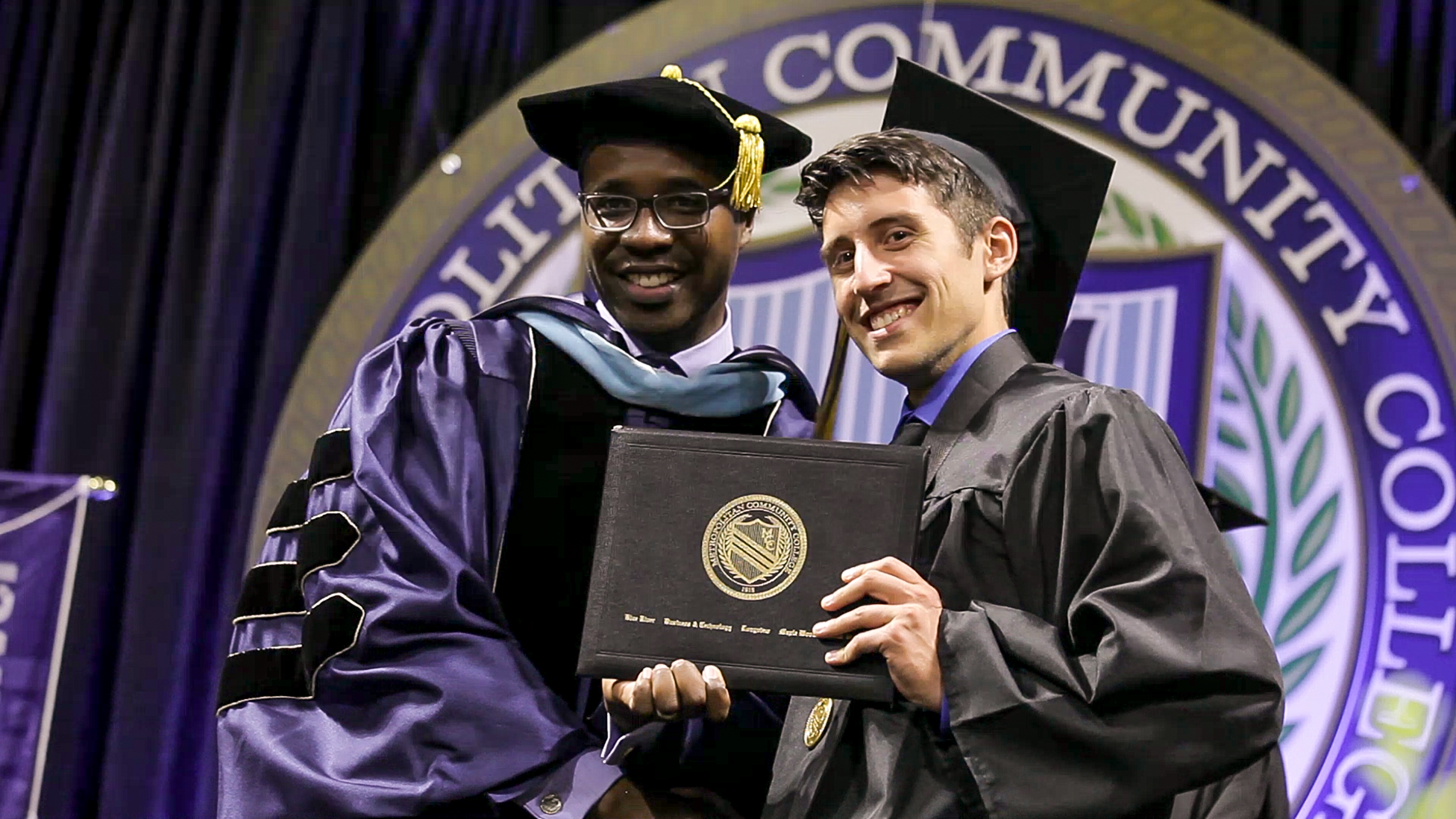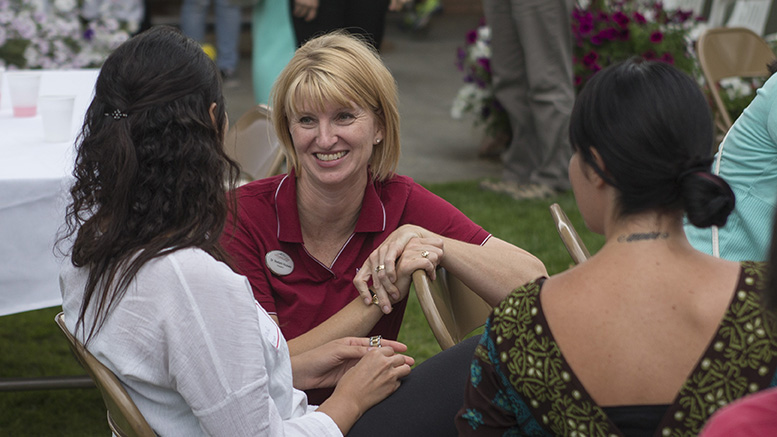Life in the new workplace means effectively supervising employees hailing from a variety of diverse backgrounds. As people are living and working longer than ever before, administrators also are learning to manage a mix of generations housed together under one roof.
The modern office is now home to baby boomers born between 1946 and 1964, Generation X (1965–1980) and millennials (1981–1996), with the first wave of post-millennials (1997–present) readying themselves to enter the workforce. Community college campuses are not immune to these demographic changes, as many boomers in leadership roles are retiring and being replaced by Gen Xers, who in turn are preparing millennials for their seat at the administrative table.
What could be a simmering cauldron of generational tension isn’t as dramatic as some observers believe, according to college officials. While there are differences among generations in communication styles and approaches to working, all parties are endeavoring to better understand each other and pass on their hard-earned organizational knowledge.
Learning on the job
Stefani Gray Hicswa, current president of Northwest College in Powell, Wyoming, recalls her previous leadership position at Miles Community College, where, at age 37, she arrived as one of the first Gen X college presidents in the country.
And boy did she hear about it at first.
“I had older faculty and staff saying you’re just a baby, you’re too young to be president, I have clothes that are older than you,” Hicswa says. “It was said in a joking manner, but it kind of took me aback. Though I did try and take it in stride.”
Upon joining Northwest in 2013, Hicswa encountered similar questions about her qualifications and experience, even after seven years of leading another college. Rather than feeling a need to prove herself, Hicswa welcomed input from tenured members regarding Northwest’s institutional history and culture.
“Learning from seasoned staff is becoming even more important as these folks retire, because the millennials we’re hiring need to know what led the college in doing things the way it has,” she says.
This excerpt comes from the current issue of Community College Journal, the flagship publication of the American Association of Community Colleges.
Hicswa, who turns 50 this summer, learned a valuable lesson about Northwest’s ingrained systems during her third year as president. At the end of that year, she unilaterally dispersed leftover state funds as a bonus for employees, soon receiving push back from long-time faculty who chafed against her disregard for the college’s normal compensation process. In response, Hicswa created a taskforce to review all future salary distributions.
“I didn’t know going outside the regular system was wrong,” Hicswa says. “A faculty member told me my mistake. It was good for me to understand what I’d done.”
Another Gen X president, Kirk Nooks of Kansas City-based Metropolitan Community College–Longview, says his college established a “historical document” to record the experiences of retiring boomers on staff. Among other benefits, the document contains information on how to handle budget cuts, as well as best practices in partnering with local cultural institutions.
“The demographic that’s retiring has a great deal of knowledge, and you can’t really replace that,” Nooks says.

Metropolitan Community College-Longview President Kirk Nooks (left) says his college established a “historical document” to record the experiences of retiring boomers on staff. (Photo: MCC-Longview)
Hiring has skewed younger in Nooks’ six years as president, although his staff is still comprised of multiple generations. Far from belabored by conflict, Nooks feels fortunate to be at the confluence of so much inter-generational brainpower.
“I’m getting the best of all time frames,” Nooks says. “If you approach it in terms of learning from each other, that’s where the beauty takes place. The media pits generations against each other, in terms of traditionalists versus the lazy social media generation. For us, it’s about getting the right mix of people to blend together.”
A change in communication
Research from Robert Half in 2016 illuminated generational differences in the workplace, with participating chief financial officers asked what areas they saw as the greatest distinctions among employees from different age groups. Thirty percent of respondents pointed to “communication skills” as the biggest disparity, while 26 percent replied with “adapting to change.” “Technical skills” (23 percent) was determined as another major generational difference.
Communication styles in particular have changed as workplaces become less formal, notes Natalie Harder, chancellor at South Louisiana Community College (SLCC) and an American Association of Community Colleges (AACC) board member.
Millennial SLCC staffers tend toward email and instant message during inter-office communications, a sometimes frustrating circumstance for older employees who prefer talking face-to-face or by phone. Though Harder understands the desire for brevity in a busy community college environment, she advises younger faculty to meet the communication preferences of their more tenured coworkers.
“When you’re at an institution where relationships trump everything, you need to get out of your chair and go see people,” Harder says. “Face-to-face interactions are how relationships get built.”
Varied approaches to communication don’t mean millennials don’t work hard; they just work differently. Scott Shane, a Case Western Reserve University (CWRU) professor with expertise in millennial entrepreneurship, says the modern economic environment and the rise of technology has transformed the values of young workers. With pensions now a foreign concept, this population seeks flexibility and a work-life balance that may not include being chained to a desk for 10 hours. For millennial educators, the ubiquity of smartphones and the internet puts a decreased emphasis on strict office hours, as students can be reached electronically just as easily.
“The ability to work out of a coffee shop or your home has changed that attitude,” Shane says. “If they can work out of their house in their pajamas, that’s what they’re going to do.”
The millennial “mobility of work” attitude is currently yielding benefits for Metropolitan Community College, Nooks says. A millennial advisor working off-cycle hours to respond to a 10 p.m. text is an approach Gen Xers and boomers can potentially explore, even if they don’t directly adopt the practice themselves.
“As long as the work gets done, I think it’s okay to question what the model looks like,” Nooks says.

